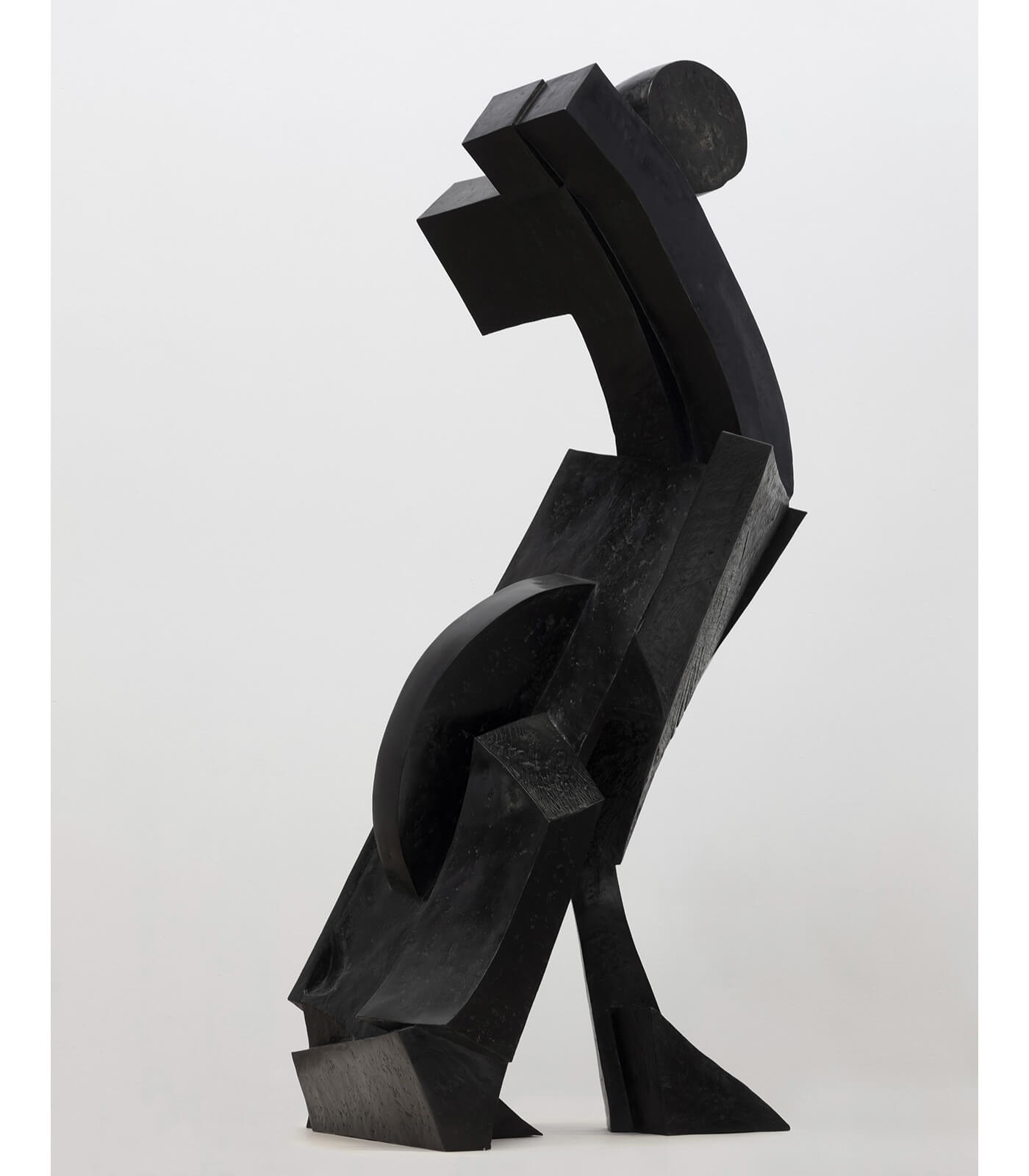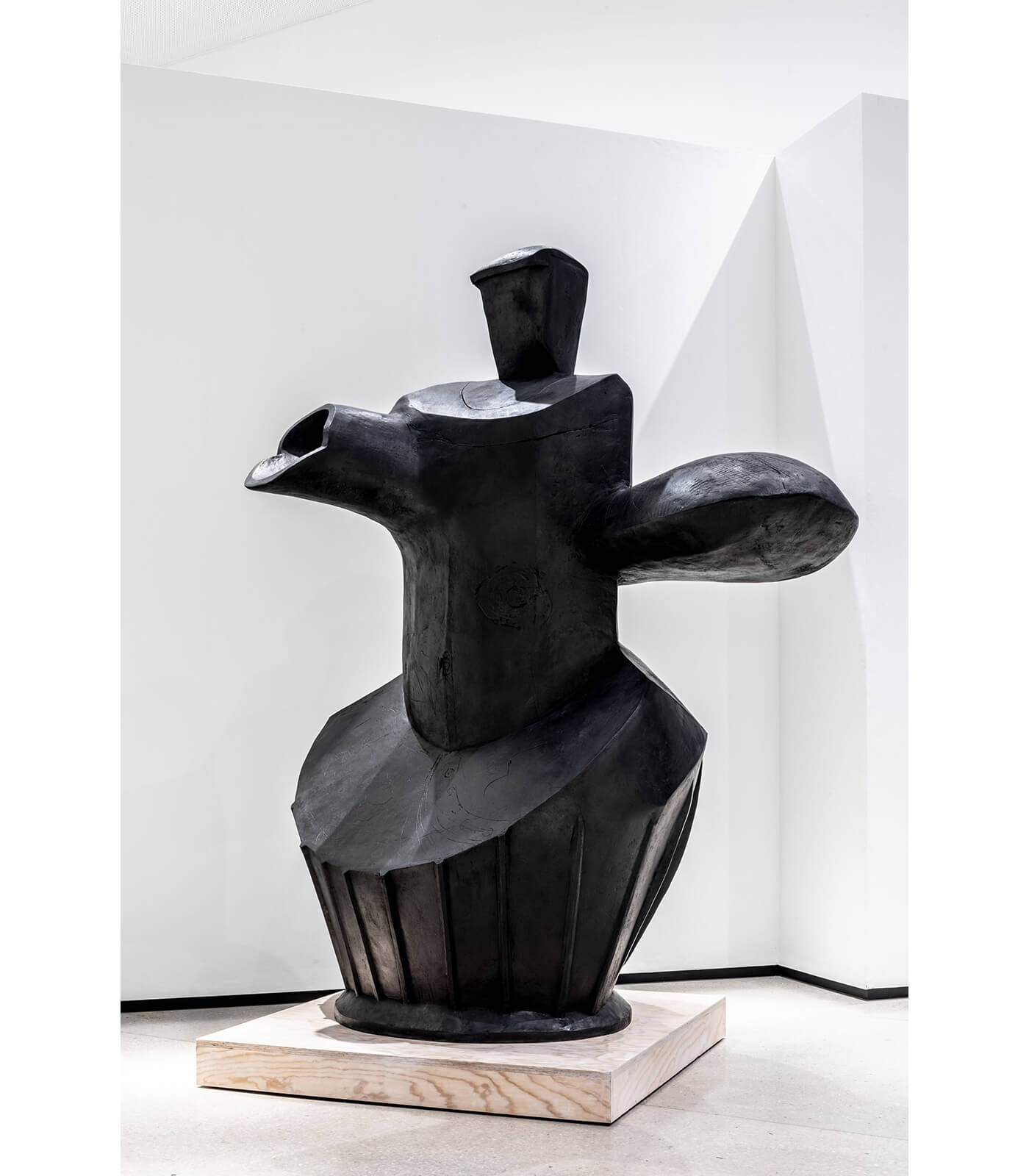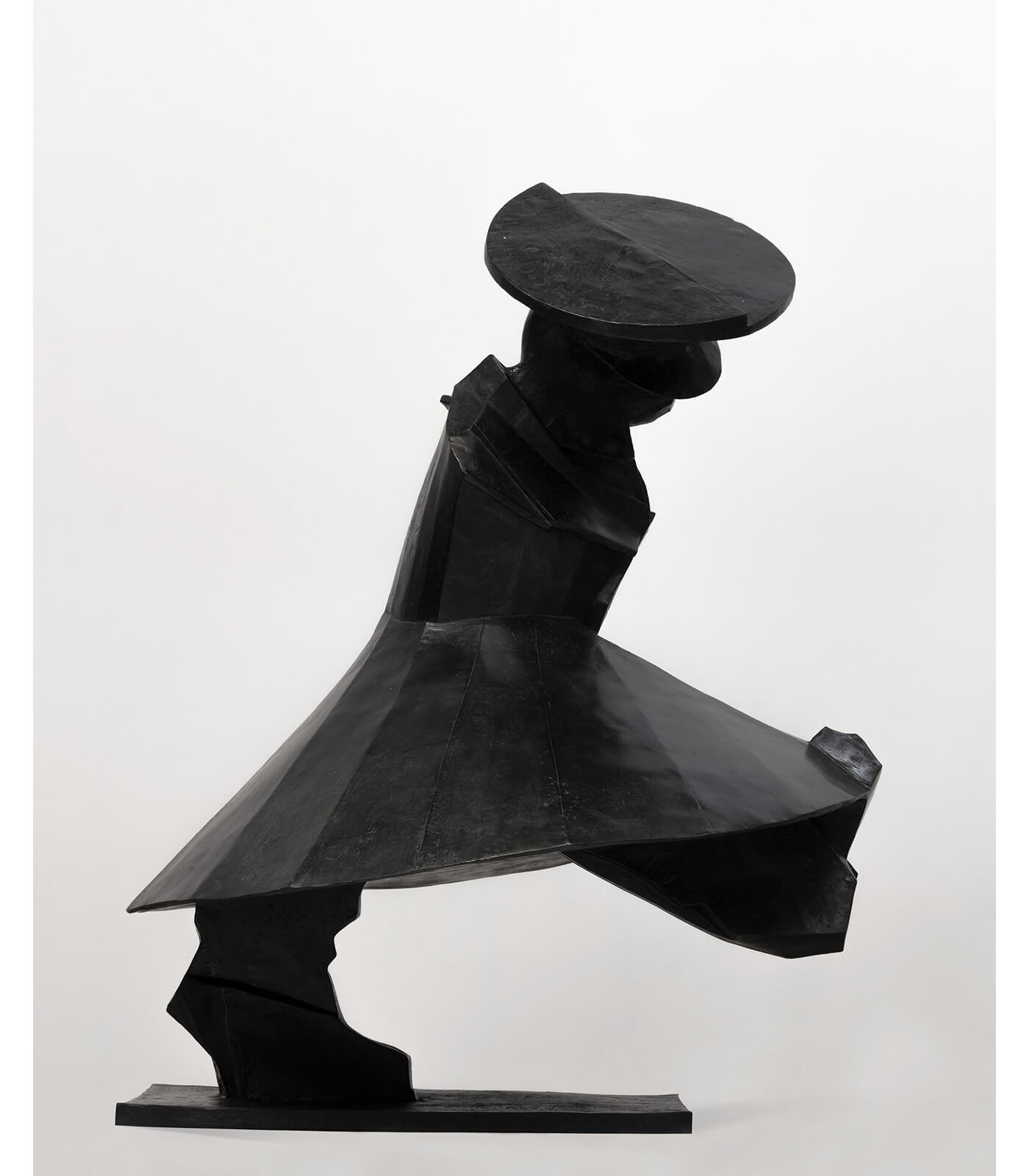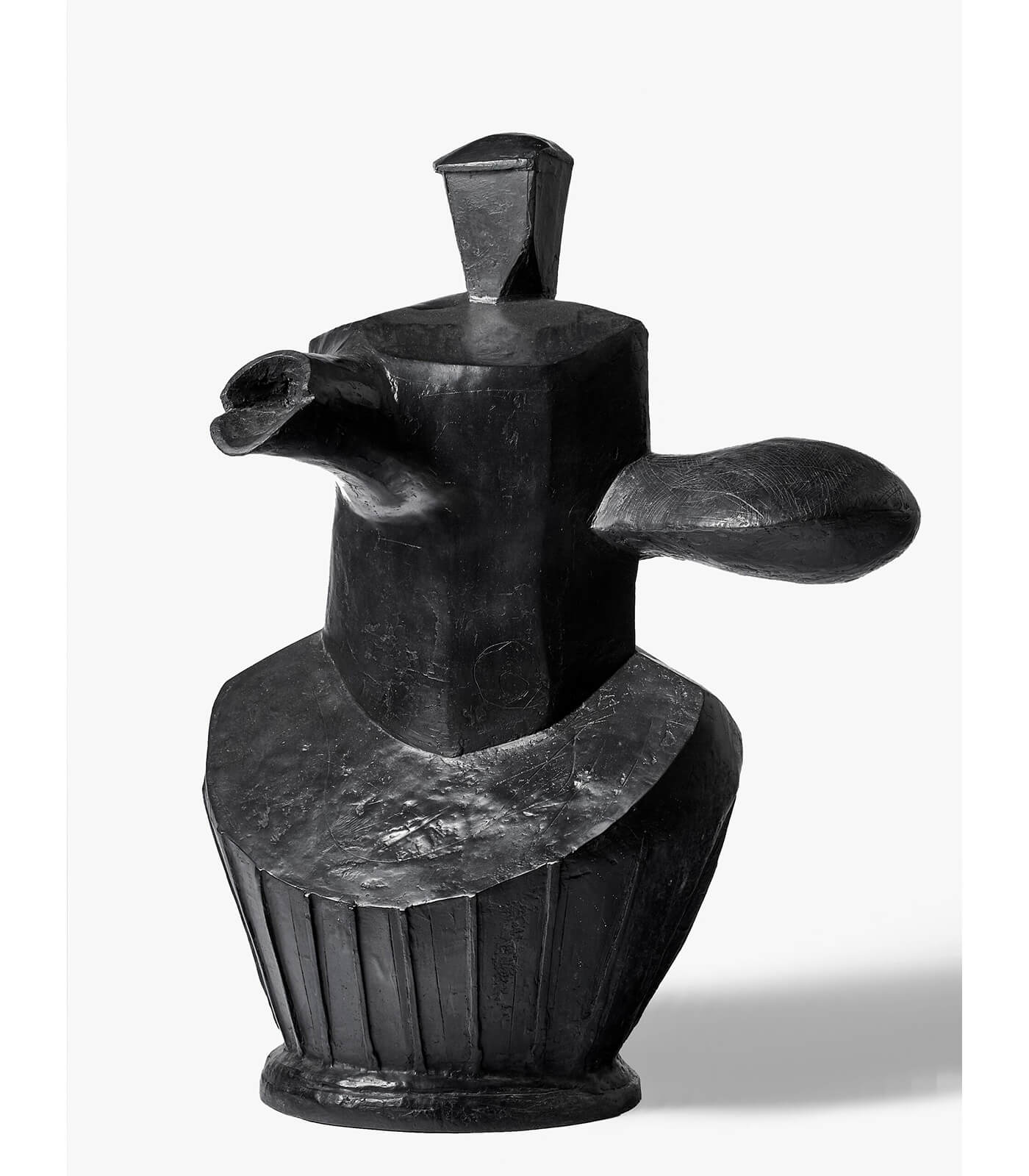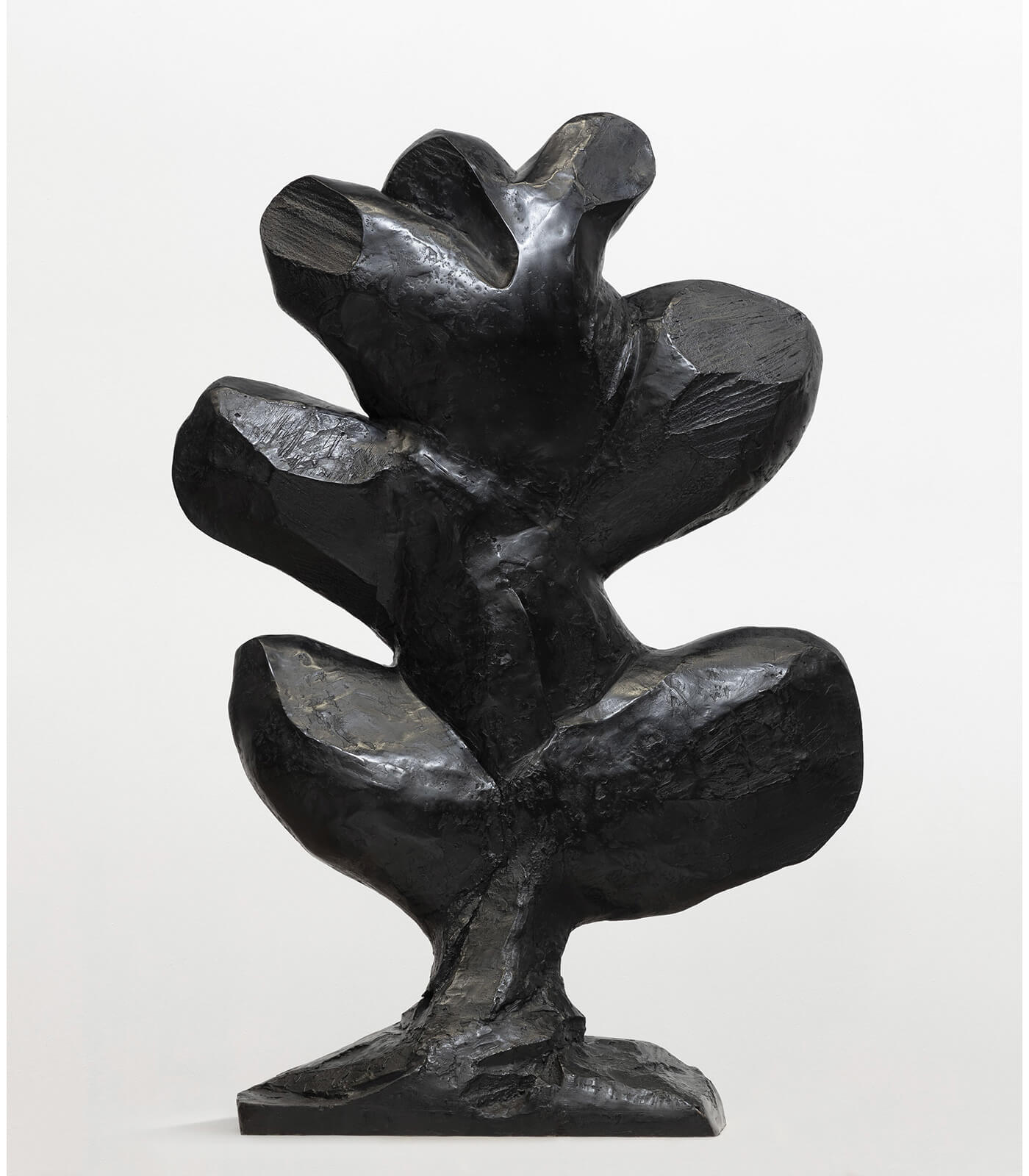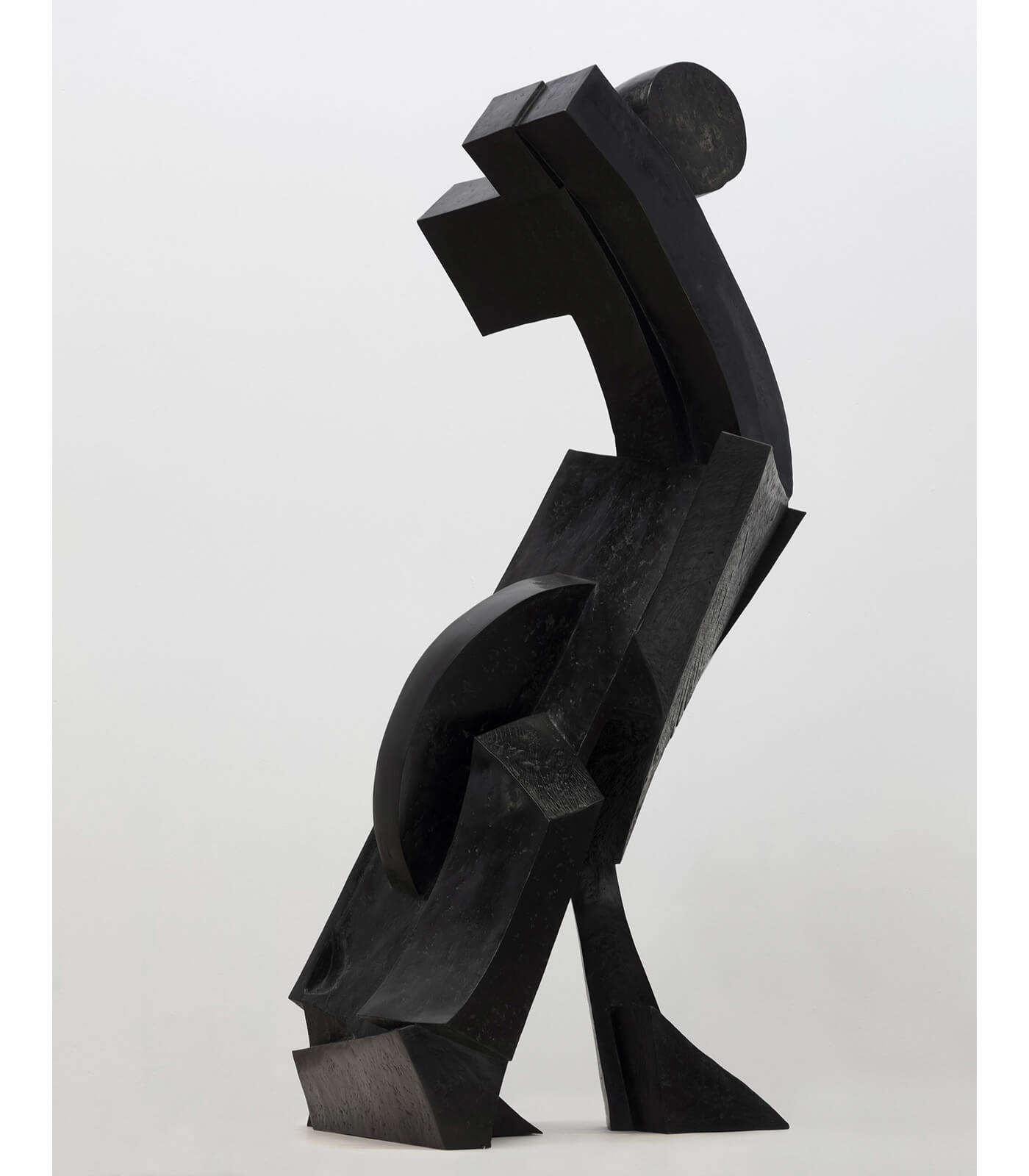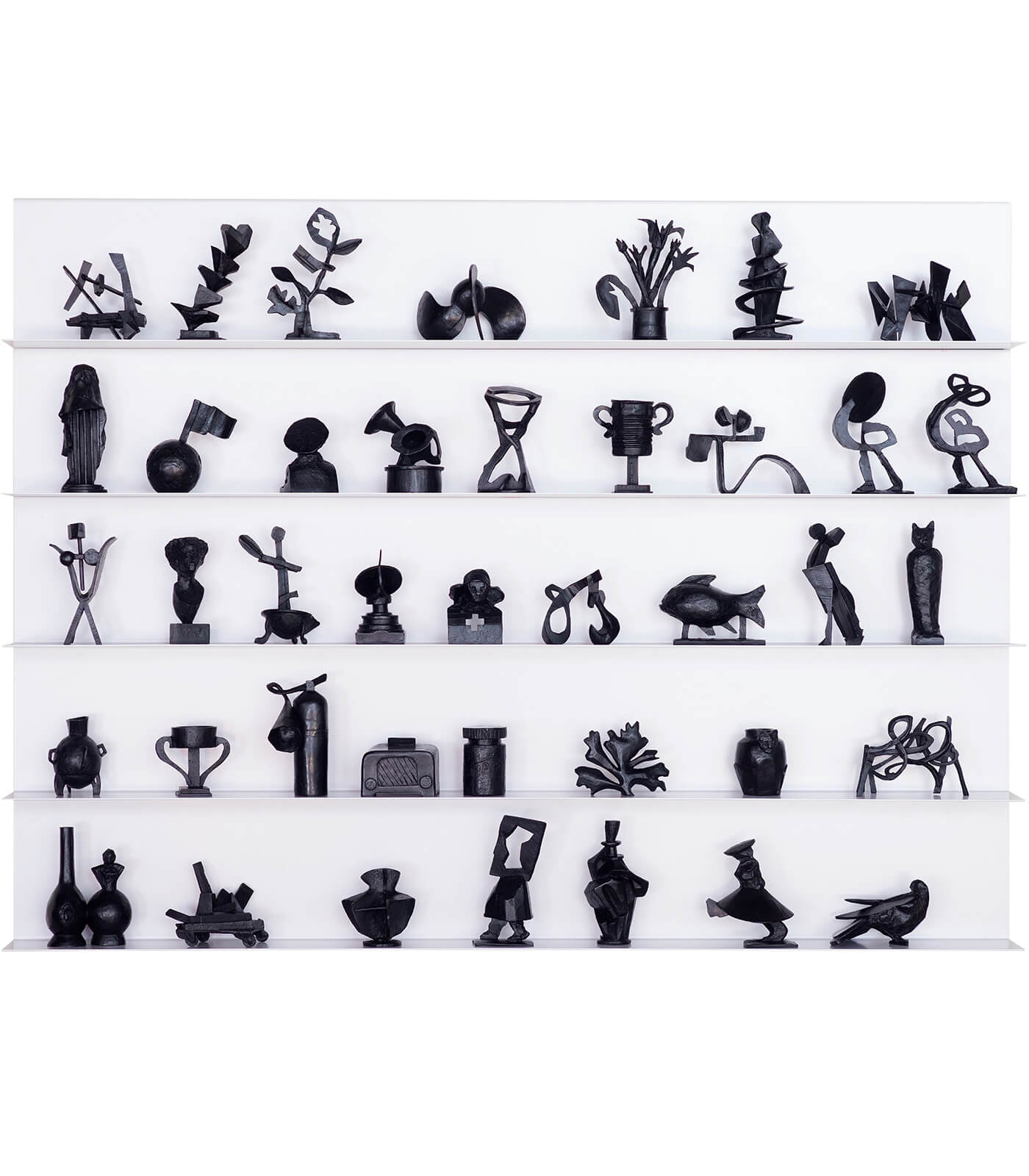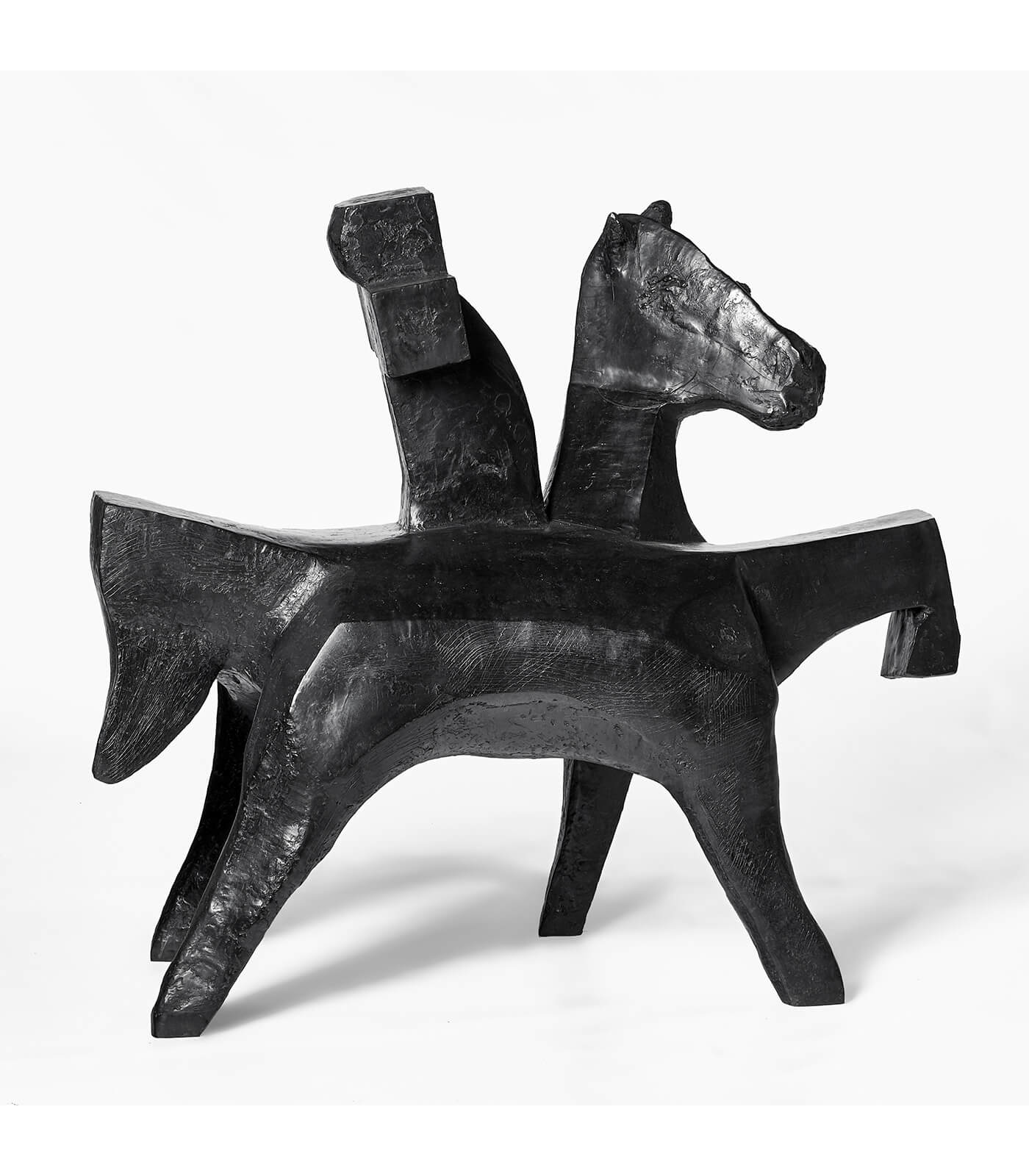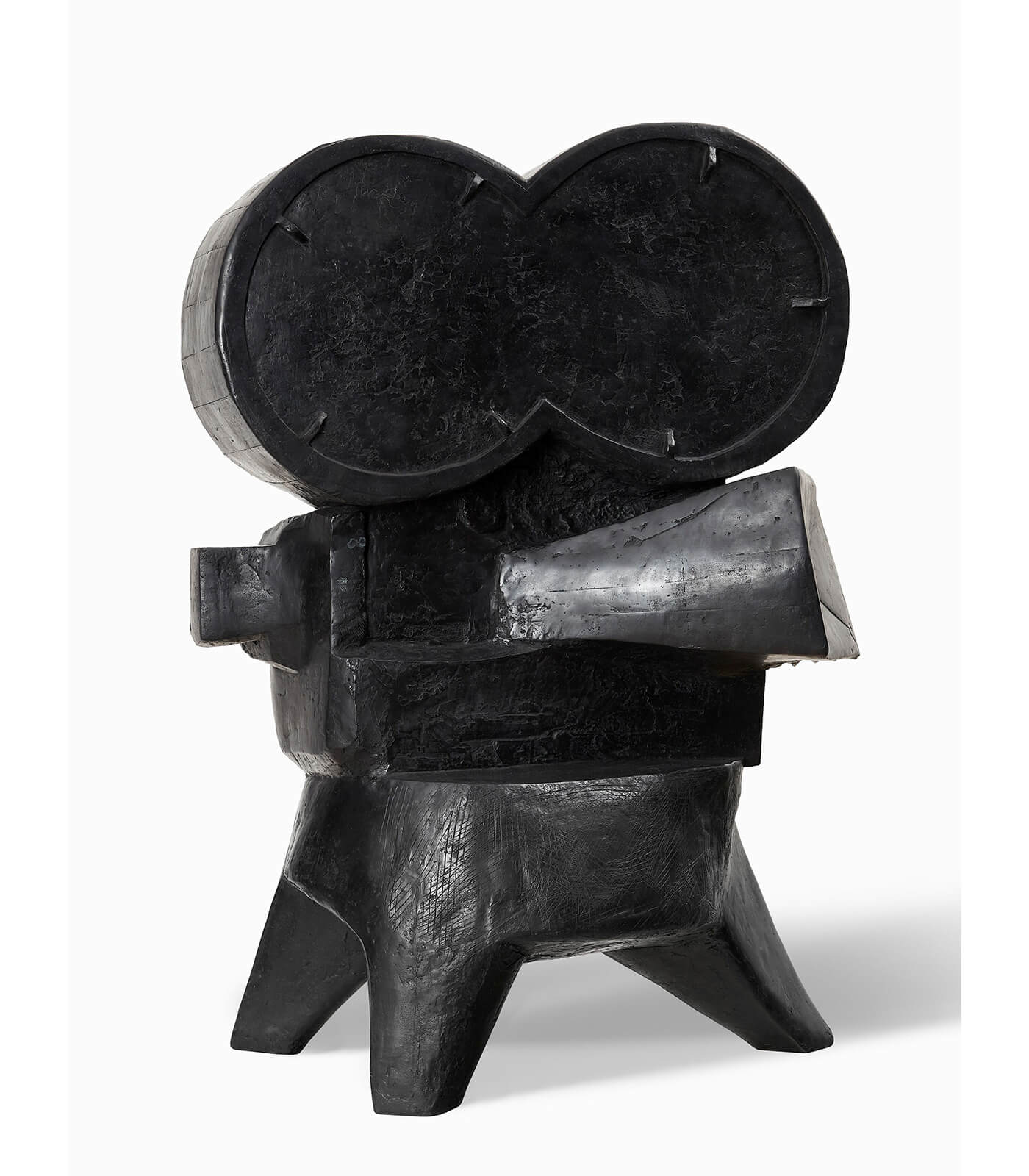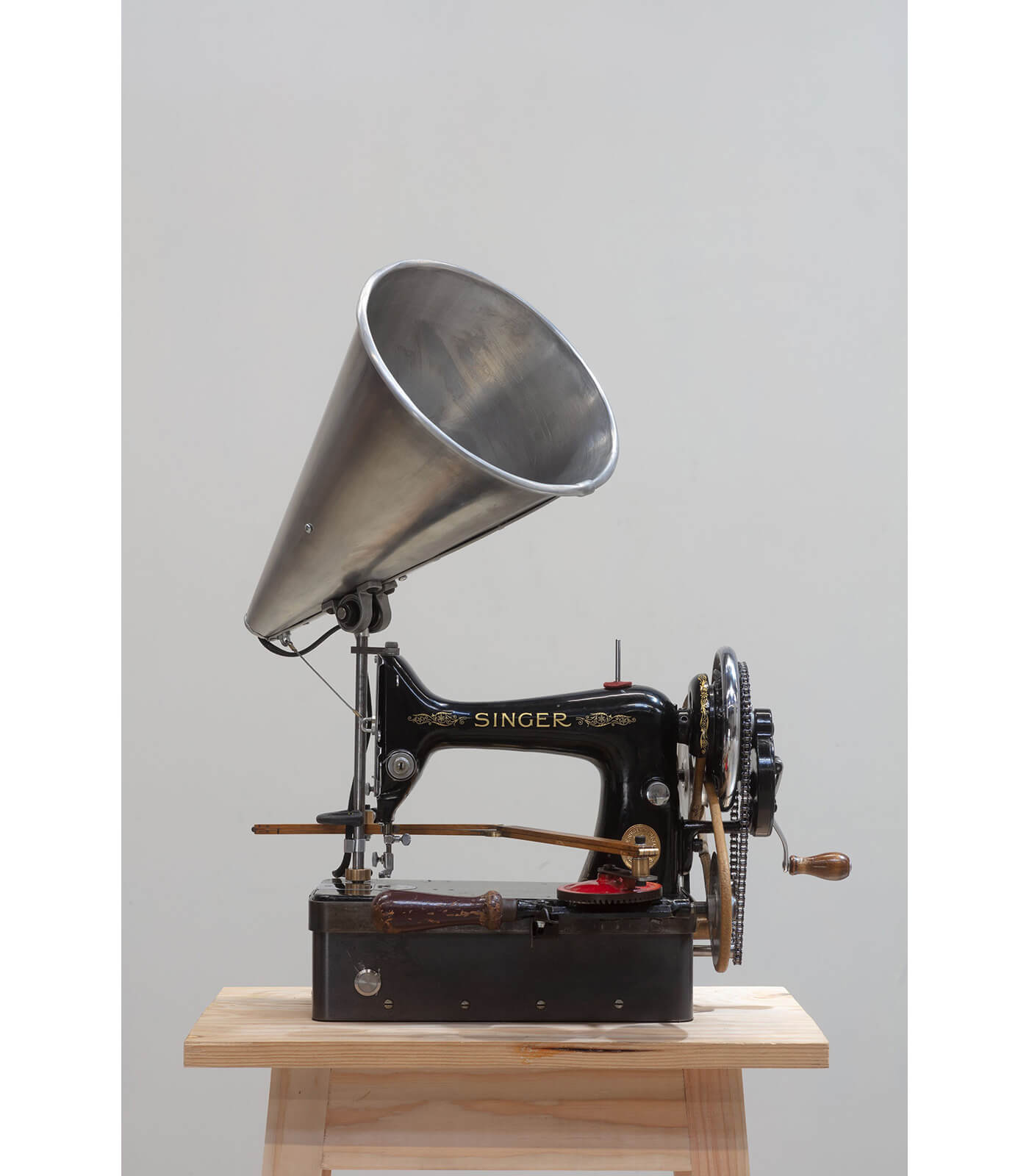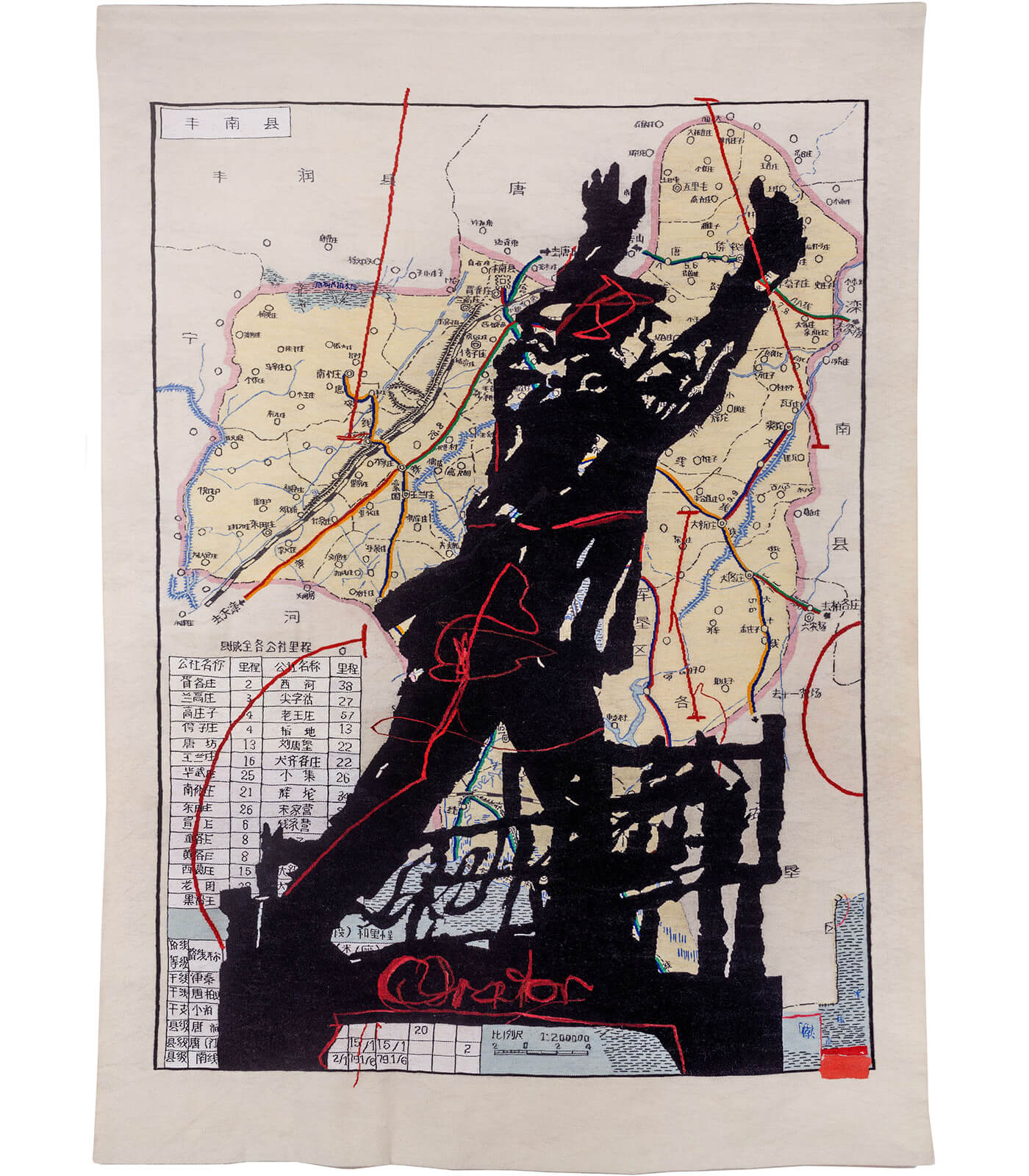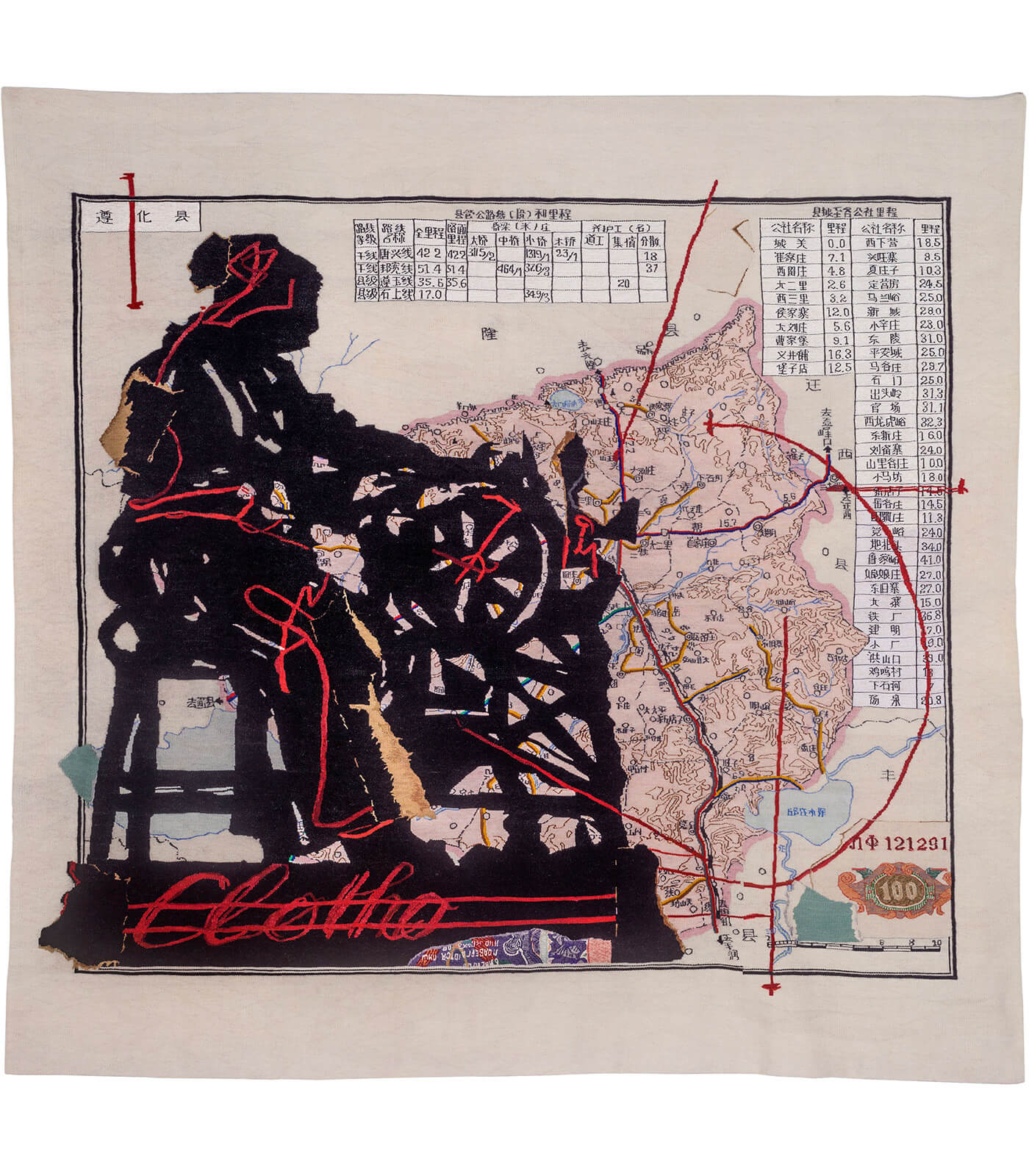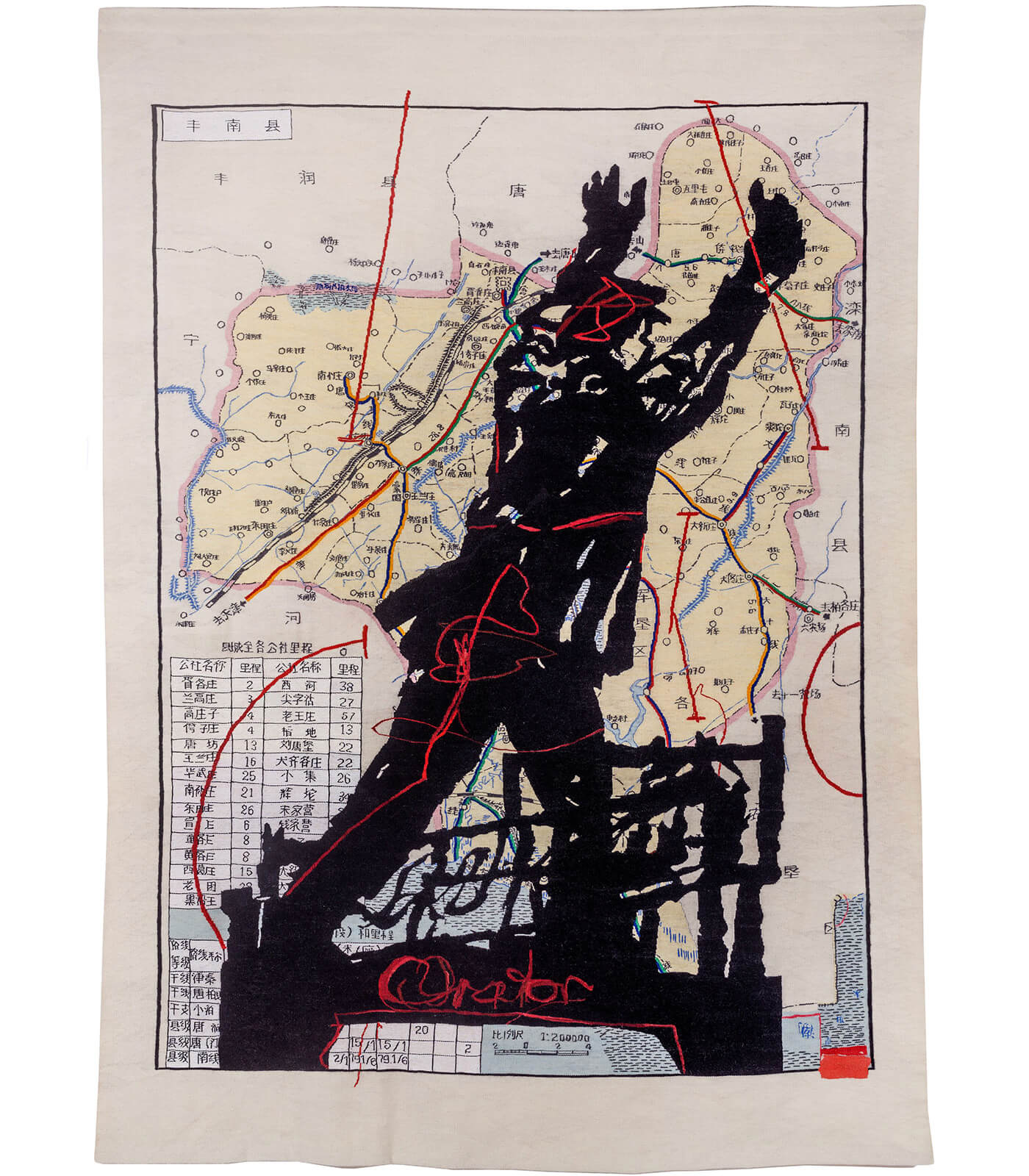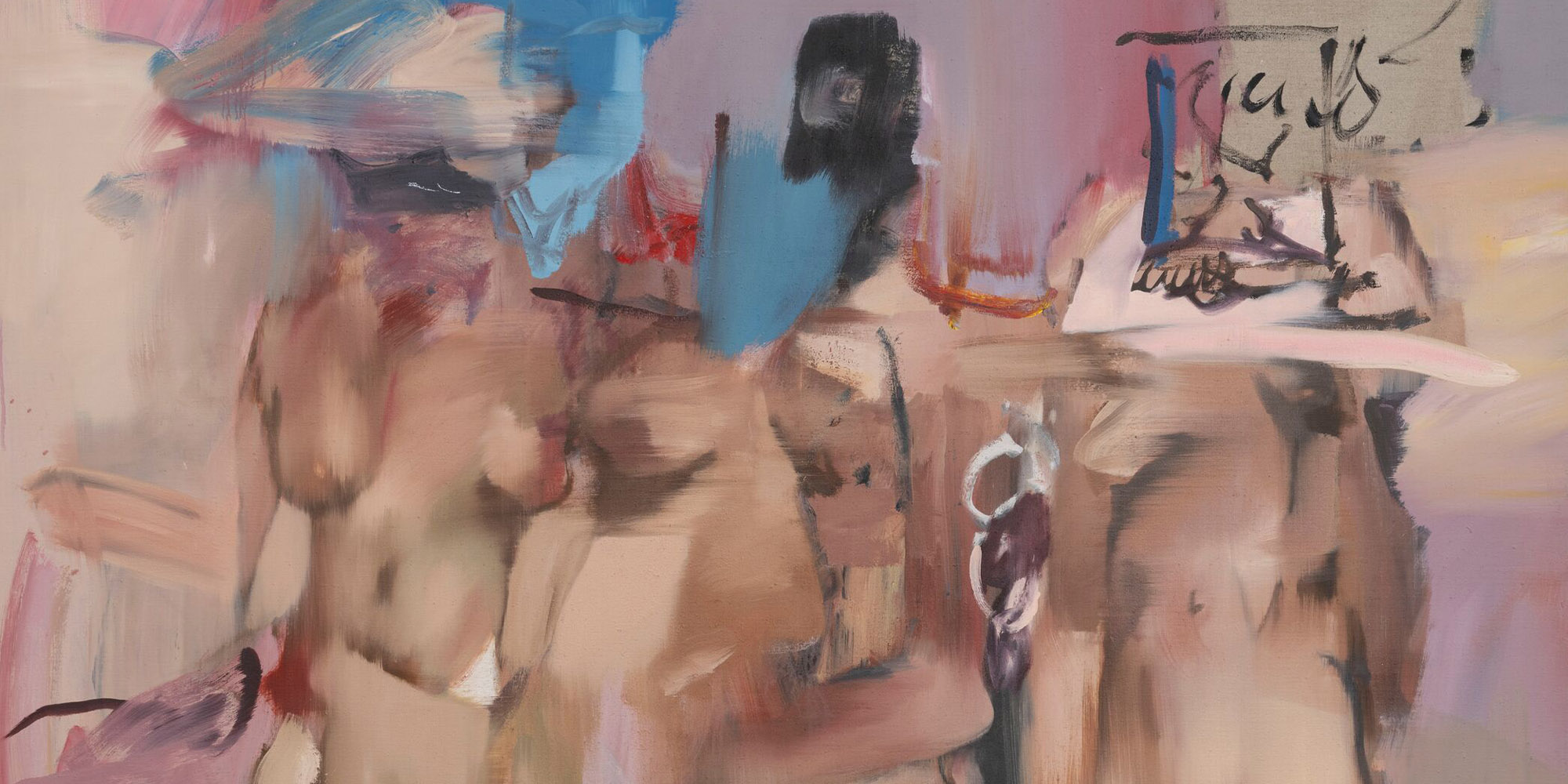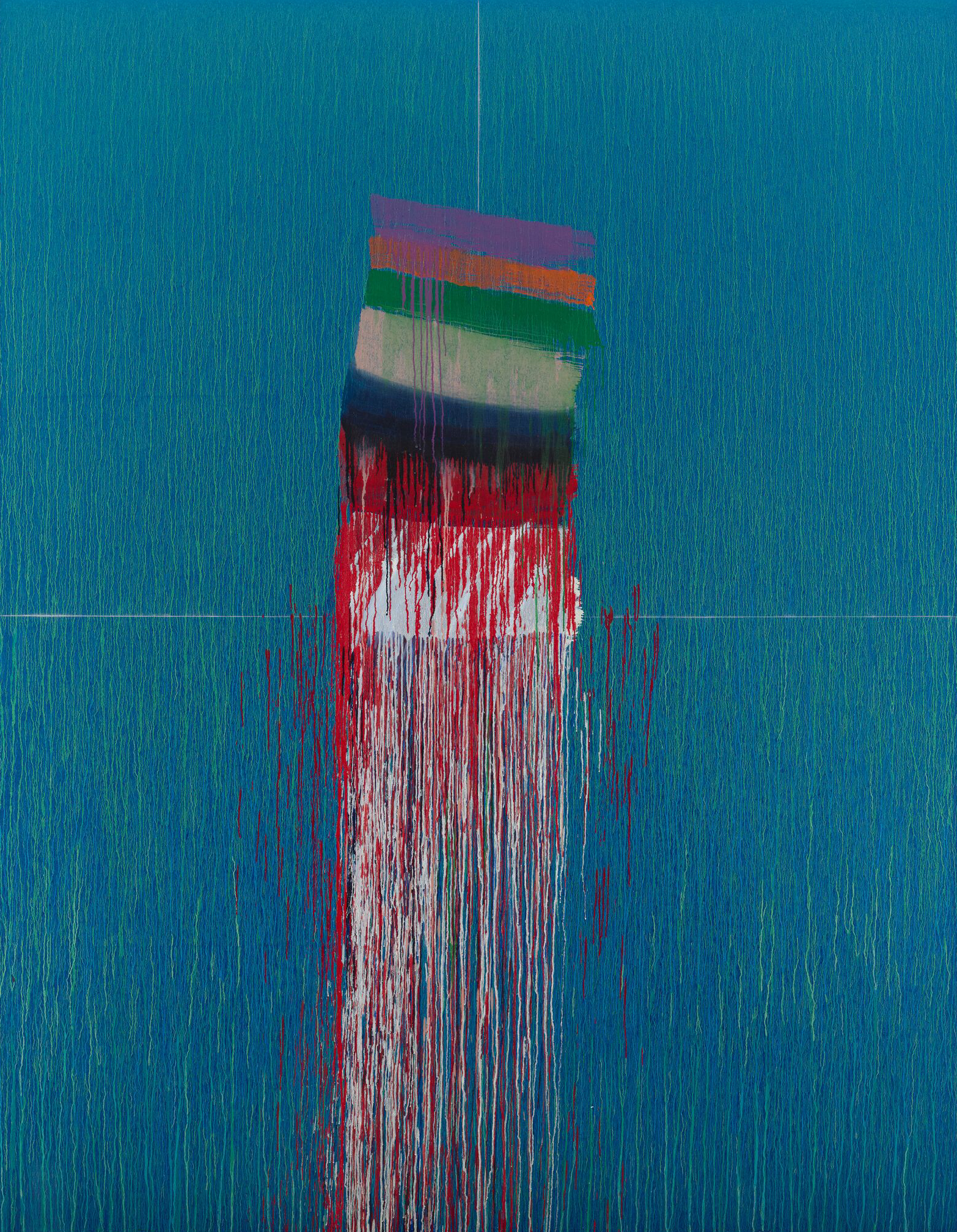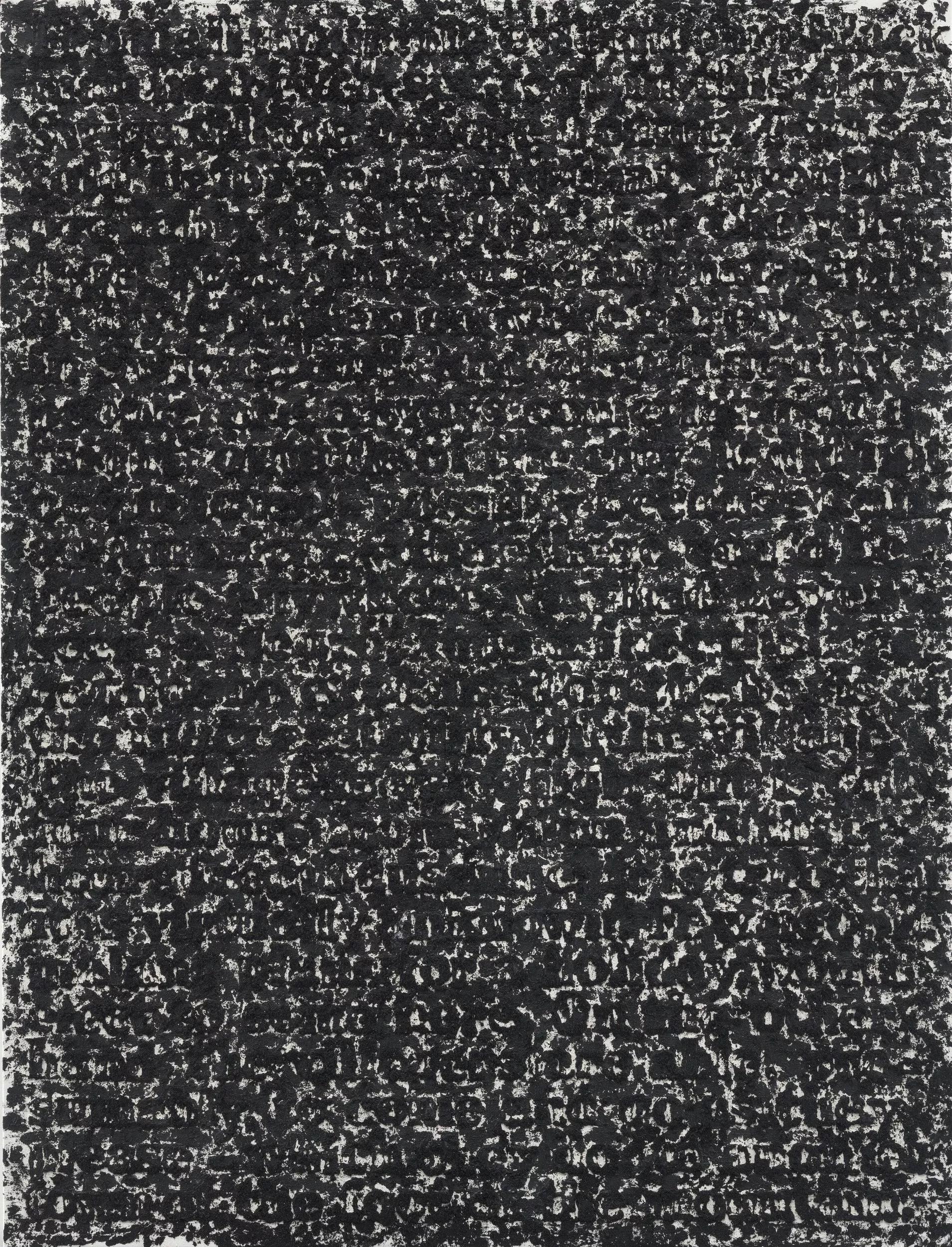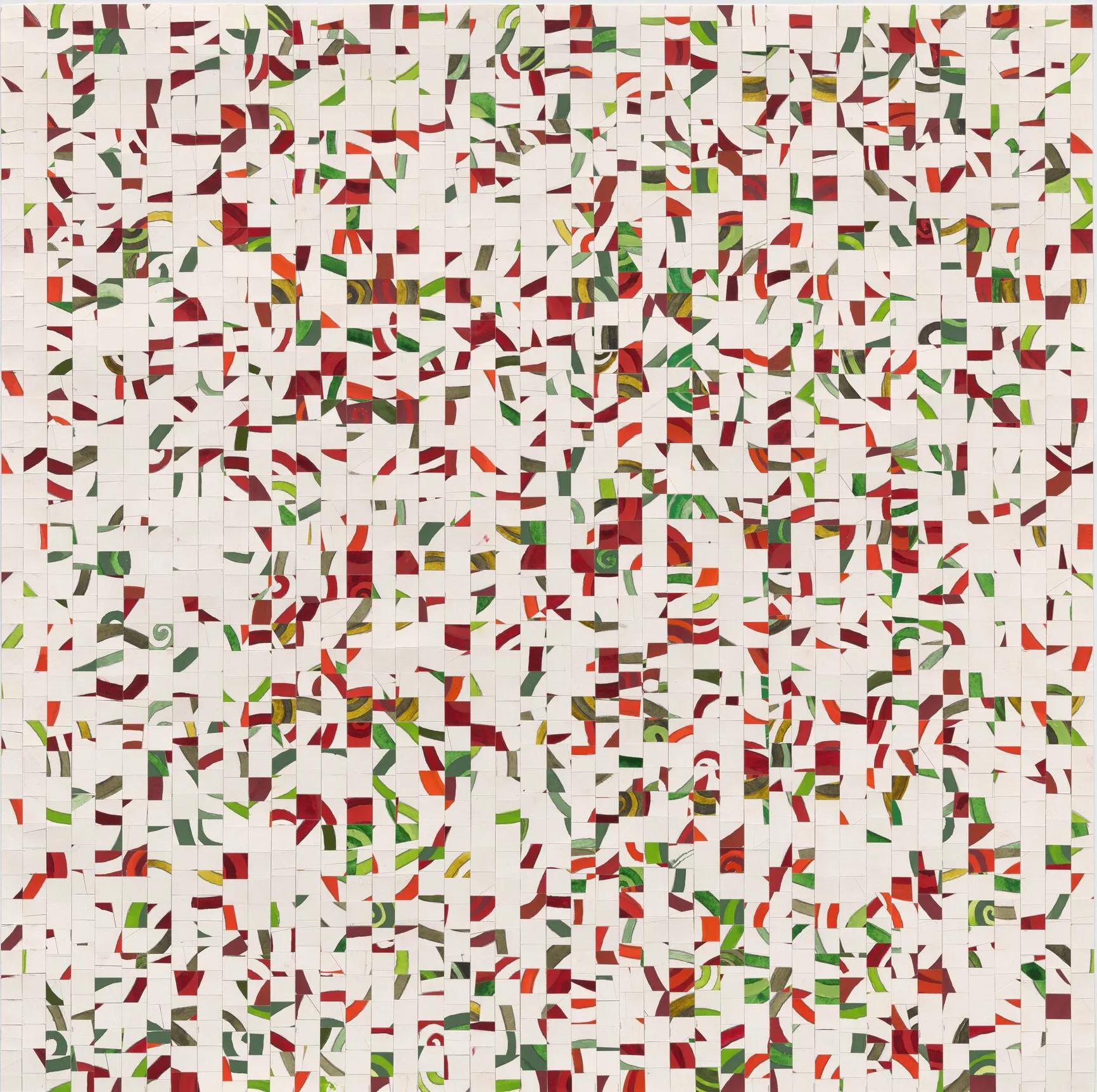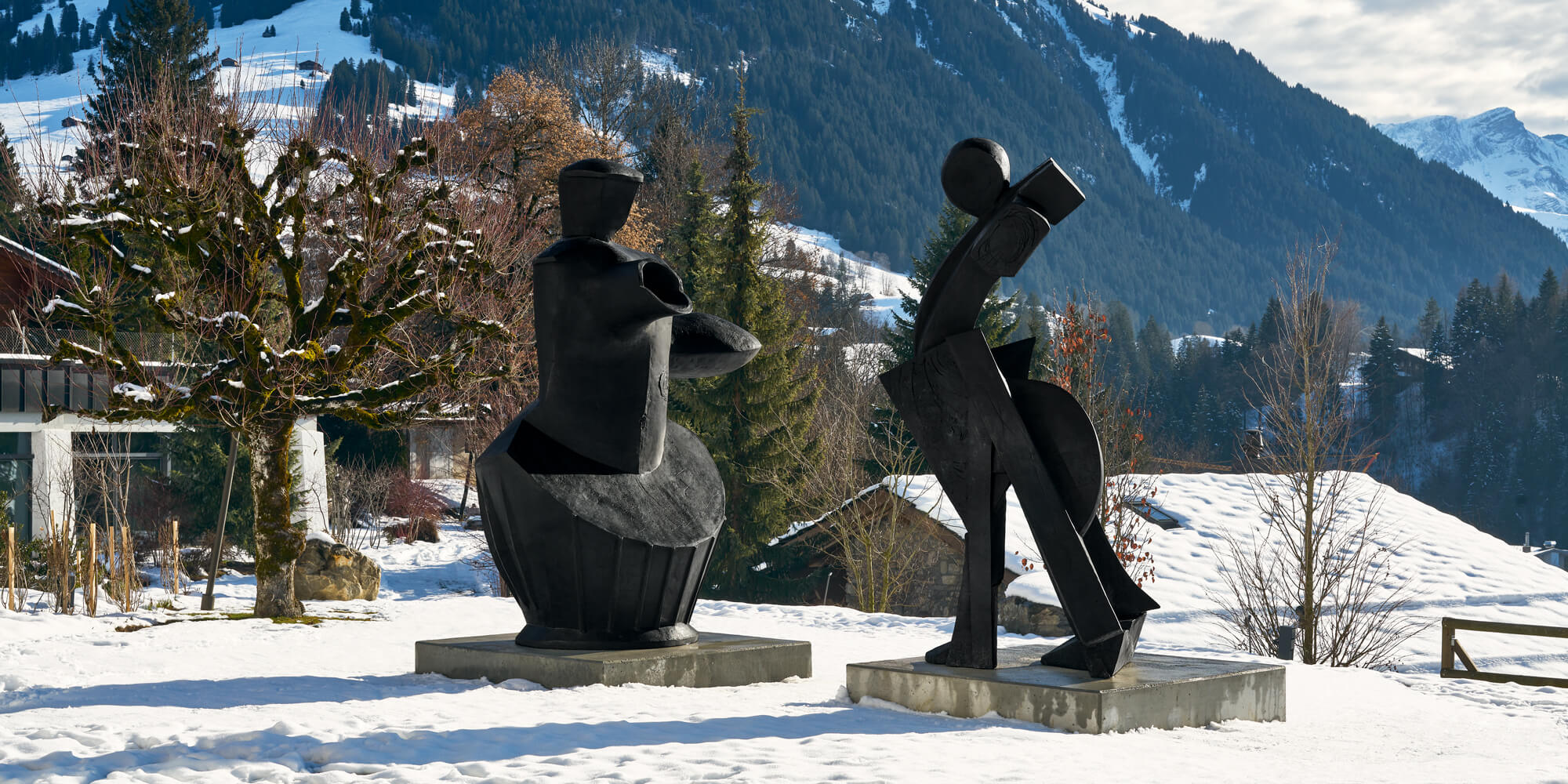
William Kentridge
Singer Solo
17 December 2022 – 5 February 2023
Tarmak22 Gstaad and Gstaad Palace
This winter season, Hauser & Wirth brings the work of internationally renowned Johannesburg-based artist William Kentridge to Gstaad with a presentation across two locations titled ‘Singer Solo.’
About the presentation
The gallery has collaborated with the Gstaad Palace to present two large-scale sculptures by Kentridge, titled ‘Her’ (2022) and ‘Cape Silver’ (2018), which are in dialogue with one another in the gardens, marking the first time that the artist has shown outdoor sculpture in Switzerland.
These works are larger versions of sculptures from Kentridge’s Glyph series, which are on view as part of a presentation at Tarmak22, alongside a new sound installation work, collage and tapestry. Organized closely with Goodman Gallery, this is Kentridge’s second project with Hauser & Wirth, following his solo show in Hong Kong in early 2022. The presentation in Gstaad follows a major solo show at the Royal Academy of Arts in London, the biggest exhibition of the artist’s work in the UK to date.
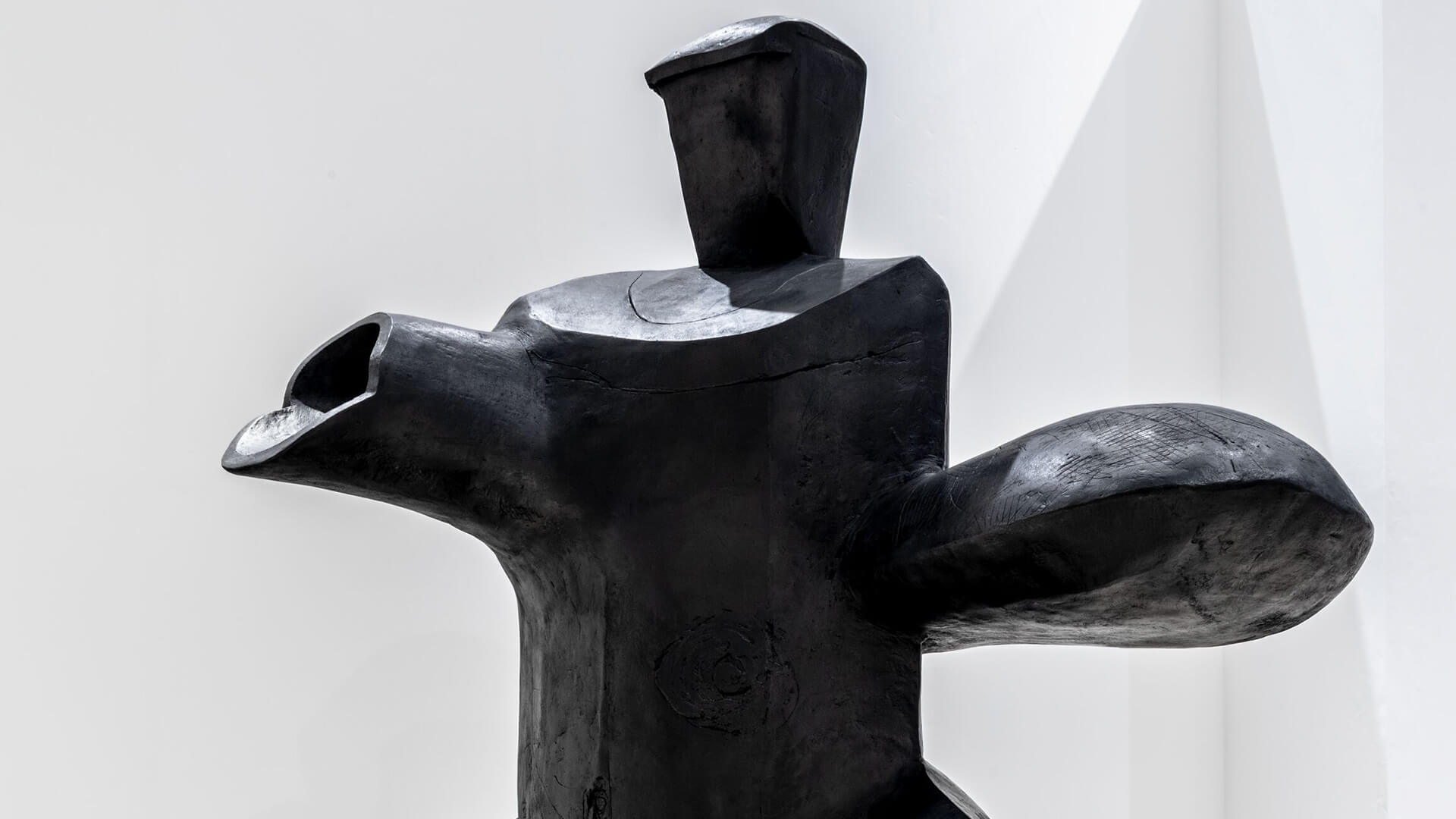
The exhibition features a series of medium sized bronzes made in 2021 and cast at Workhorse Foundry in Johannesburg, which are scaled-up versions of figures from the artist’s Glyphs series. Kentridge takes two of these medium sculptures, ‘Her’ and ‘Cape Silver,’ and presents them as three-and-a-half-metre-tall bronze sculptures in the Gstaad Palace gardens.
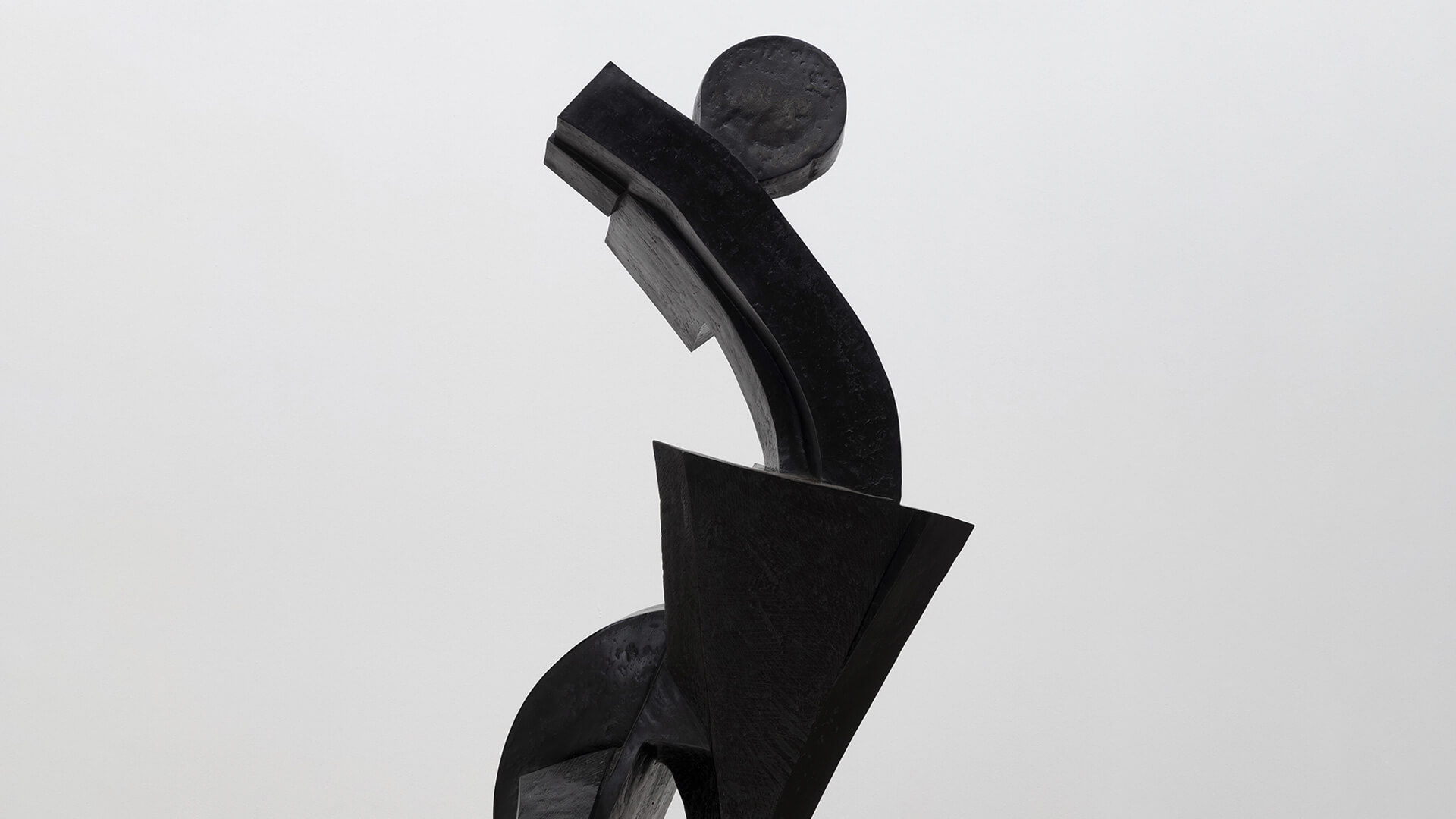
The outdoor works demonstrate a shift in scale that Kentridge has been exploring over the past few years, channelling a sense of movement across all three scales he works in. Despite the varying form of the two works—‘Her’ depicts a simplified figure striding forward, whereas ‘Cape Silver’ portrays Kentridge’s recurring motif of a coffee pot – both monumental sculptures hold an immediate anthropomorphic quality.
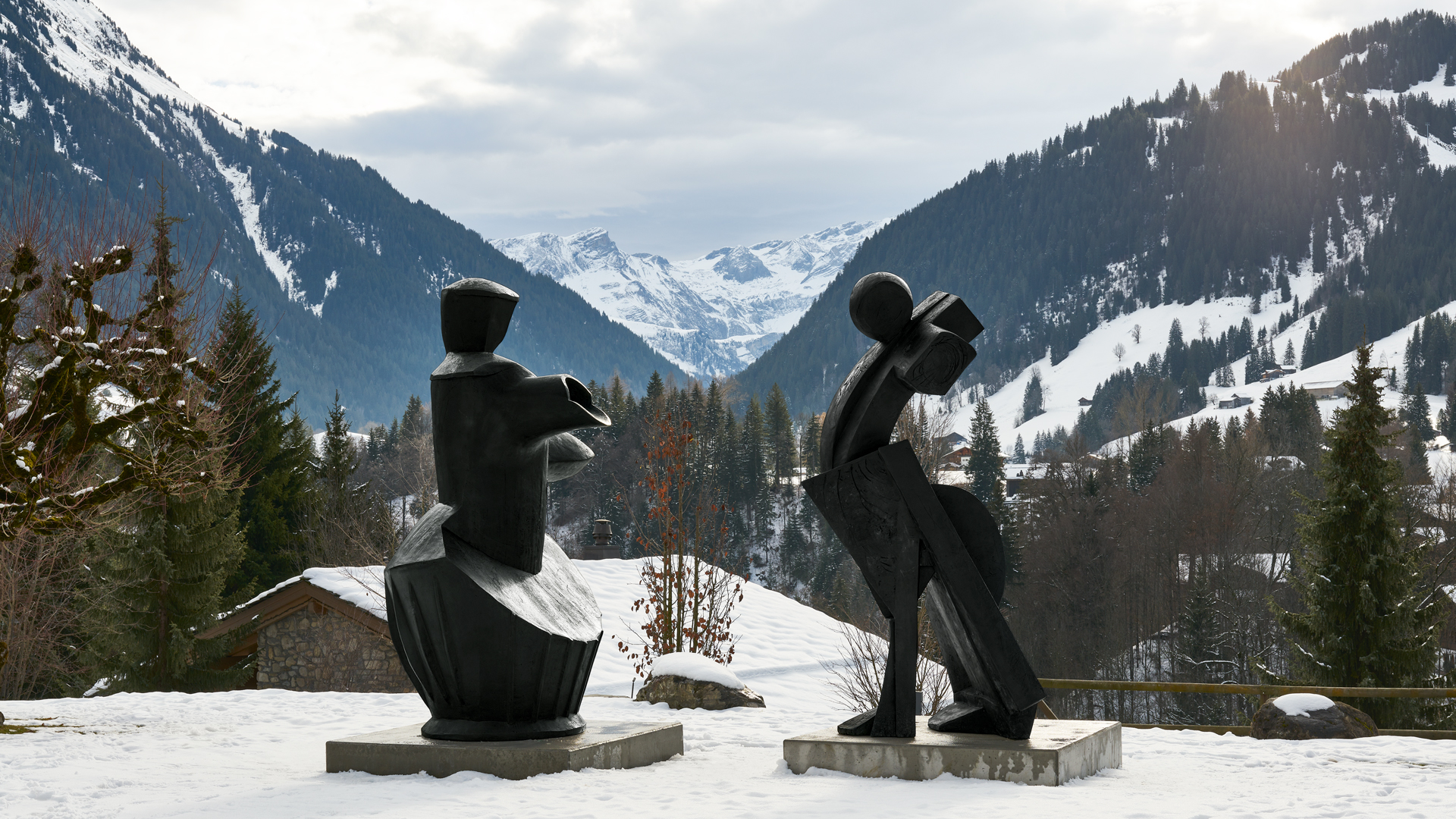
Kentridge masterfully plays with balance and angles to animate these works with a feeling of motion and expression—further brought to life by their conversational placement against the dramatic backdrop of the Swiss Alps. These larger sculptures developed from the Glyph series, he says, are ‘for the most part a sense of figures in movement across the space, or waiting to begin their movement’, akin to the artist’s work in animation, or characters in an opera.
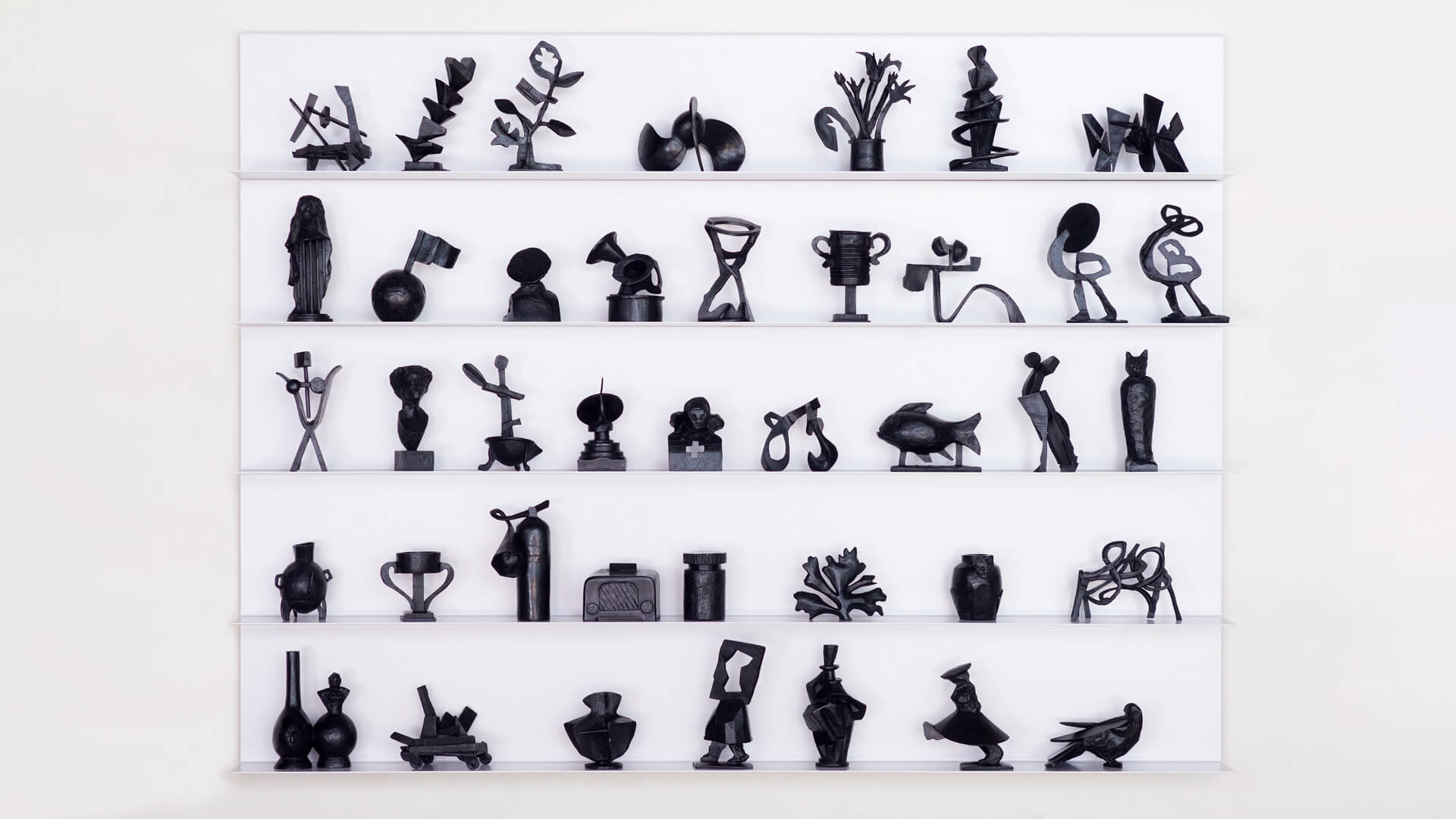
The presentations across Tarmak22 and the Gstaad Palace demonstrate Kentridge’s playful investigations in sculpture and scale, from the miniature to the monumental. ‘Cursive’, on view in the exhibition at Tarmak22, is a work made up of 40 small scale bronze sculptures from Kentridge’s wider series of Glyphs. The forms of these sculptures are taken from a vocabulary of symbols and everyday objects, such as the coffee pot or the film camera, that reoccur in the artist’s practice.
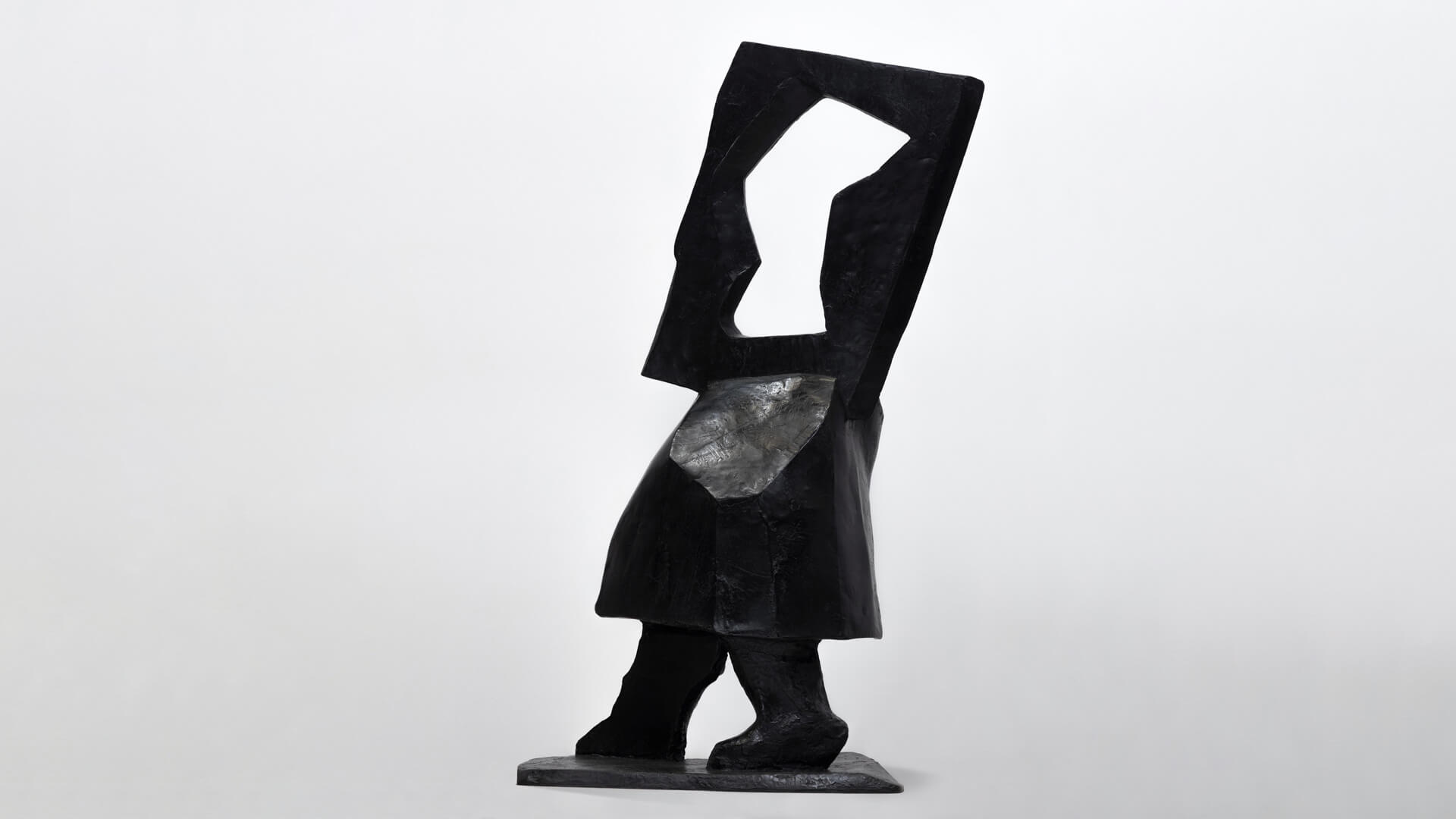
Starting as a series of drawings and paper maquettes, Kentridge experimented with transforming the visual language of glyphs and symbols into three-dimensional, bronze sculptures to be held in the hand, then played with their arrangement on shelves and in procession. Arranged in various sequences, the works read differently. Kentridge invites the audience to be complicit in creating meaning by reading the logographic mise-en-scene.
‘These are sculptures of words, of objects, of glyphs,’ he says. ‘As if you could weigh a word or hold it in your hand, there is a sculpture of an hourglass, or a trophy or a simplified tree… The bronzes are unspoken, inarticulate or uncertain words and phrases.’
Sound fills the exhibition space at Tarmak22 from the new kinetic sound piece, ‘Singer Solo’ (2022). A ‘Ready-made’ sewing machine modified with a moving megaphone performs an African folk song. The sonic piece, which gives the exhibition its name, activates and transforms the experience of Kentridge’s artwork by adding another dimension in surrealistic form.

Depicting a laser-cut silhouette standing on a platform, arms raised in impassioned address, the tapestry work ‘Orator’ (2021) echoes the sounds and themes of ‘Singer Solo’ in two-dimensional form. The work is one of three tapestries in the exhibition, including ‘Spinner’ (2021) and ‘Mechanic’ (2021). Since 2001, Kentridge has collaborated with Marguerite Stephens and her weaving studio outside Johannesburg to translate the artist’s designs into hand-woven mohair tapestries. In the current series of tapestries, figures stand against backdrops of a Chinese political roadmap of the Hebei Province.
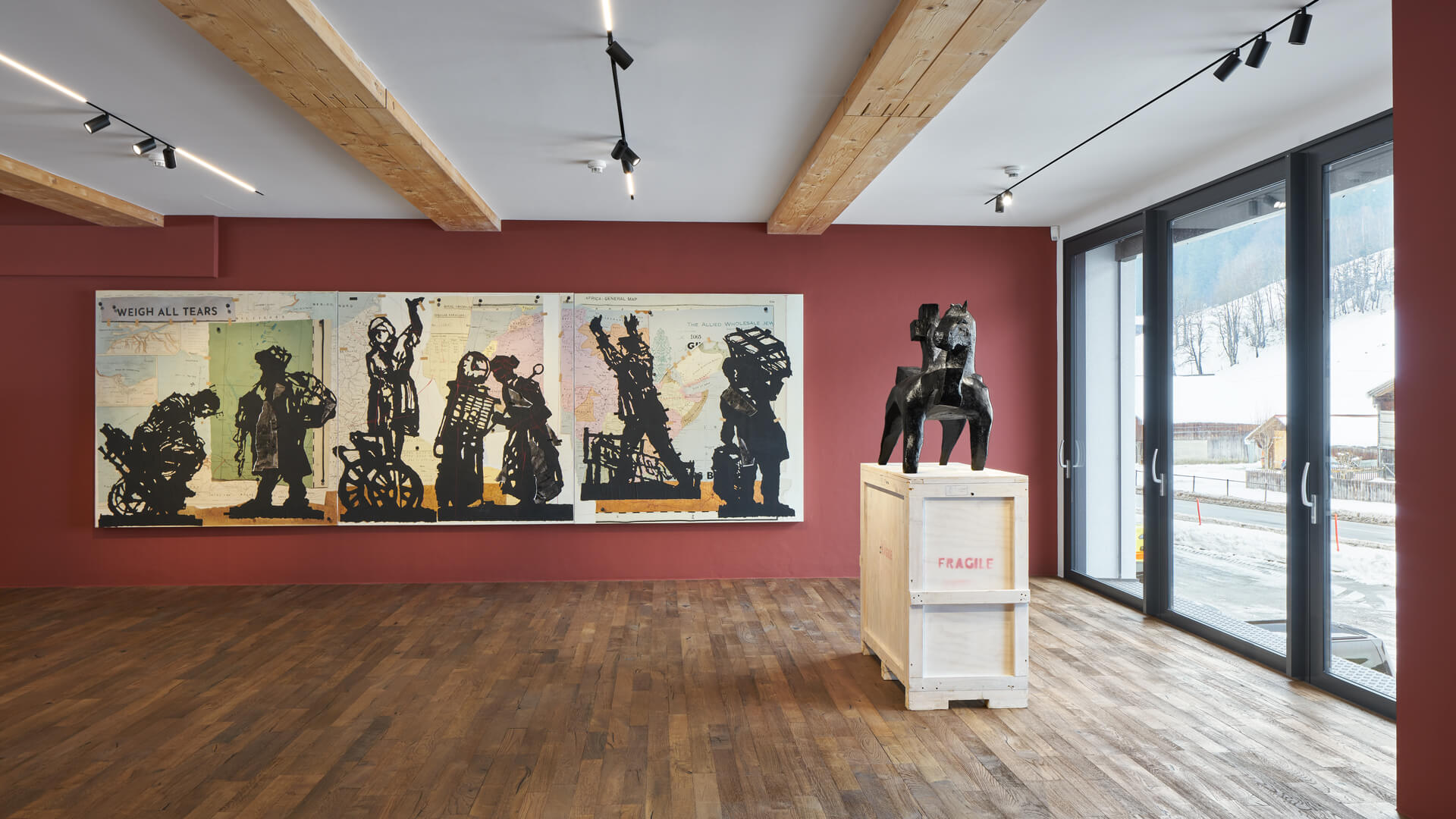
The exhibition also presents a 6-metre-wide triptych, titled ‘Weigh All Tears’ (2021), in which silhouetted figures (including that seen in ‘Orator’) form a procession against a collage of maps of Africa and archival documents. ‘Weigh All Tears’ is a phrase that cycles through Kentridge’s work, one of an evolving collection of phrases that recur in his practice.
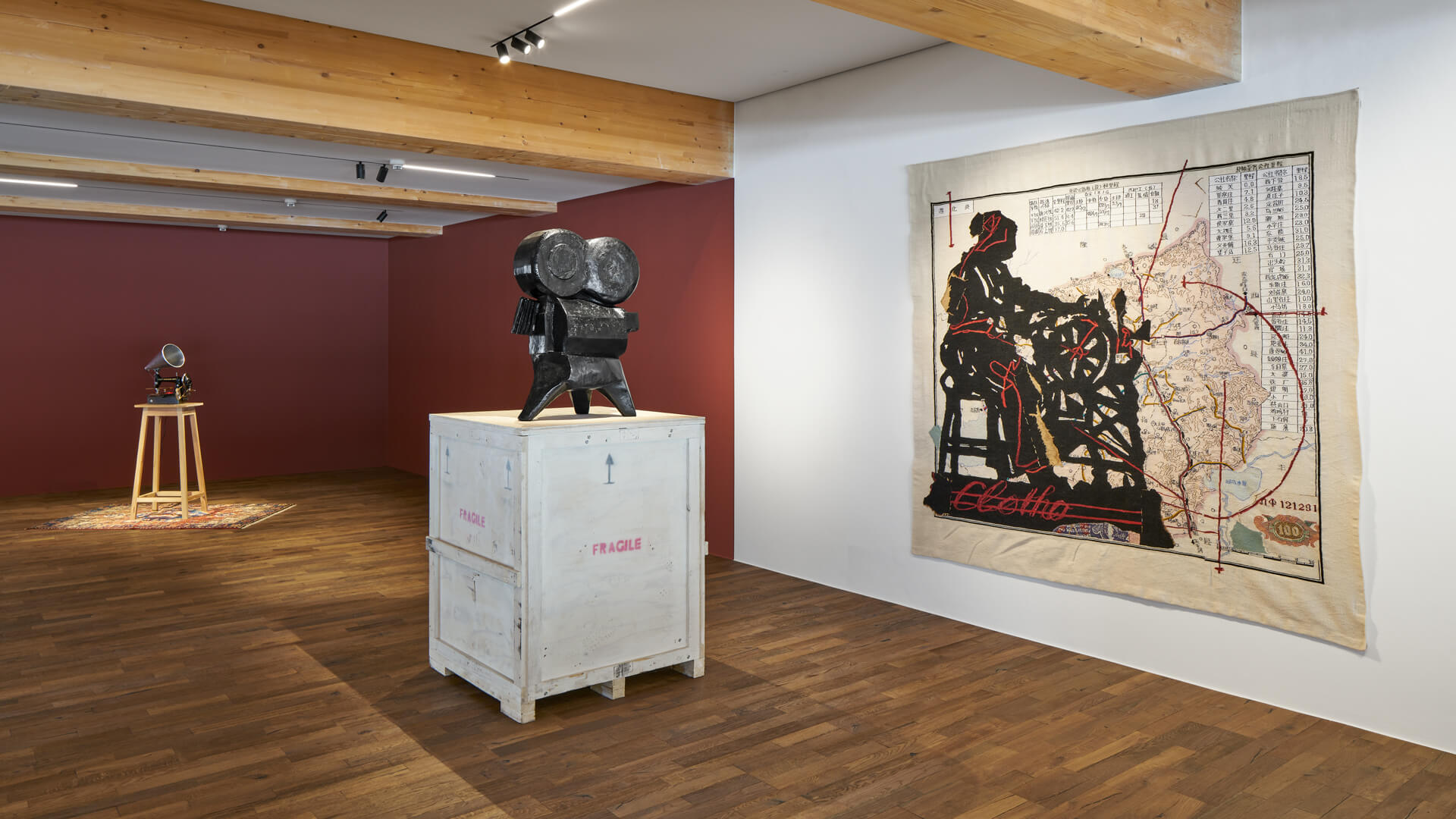
From playing with scale, sculpture and setting, to the activation of artworks through the introduction of sound, the presentations in Gstaad speak to the open dialogues that Kentridge makes between his works, and the space he creates between audience and artwork to construct meaning. Ultimately, his practice brings viewers into awareness of how they see the world and navigate their way to more conscious seeing and knowing.
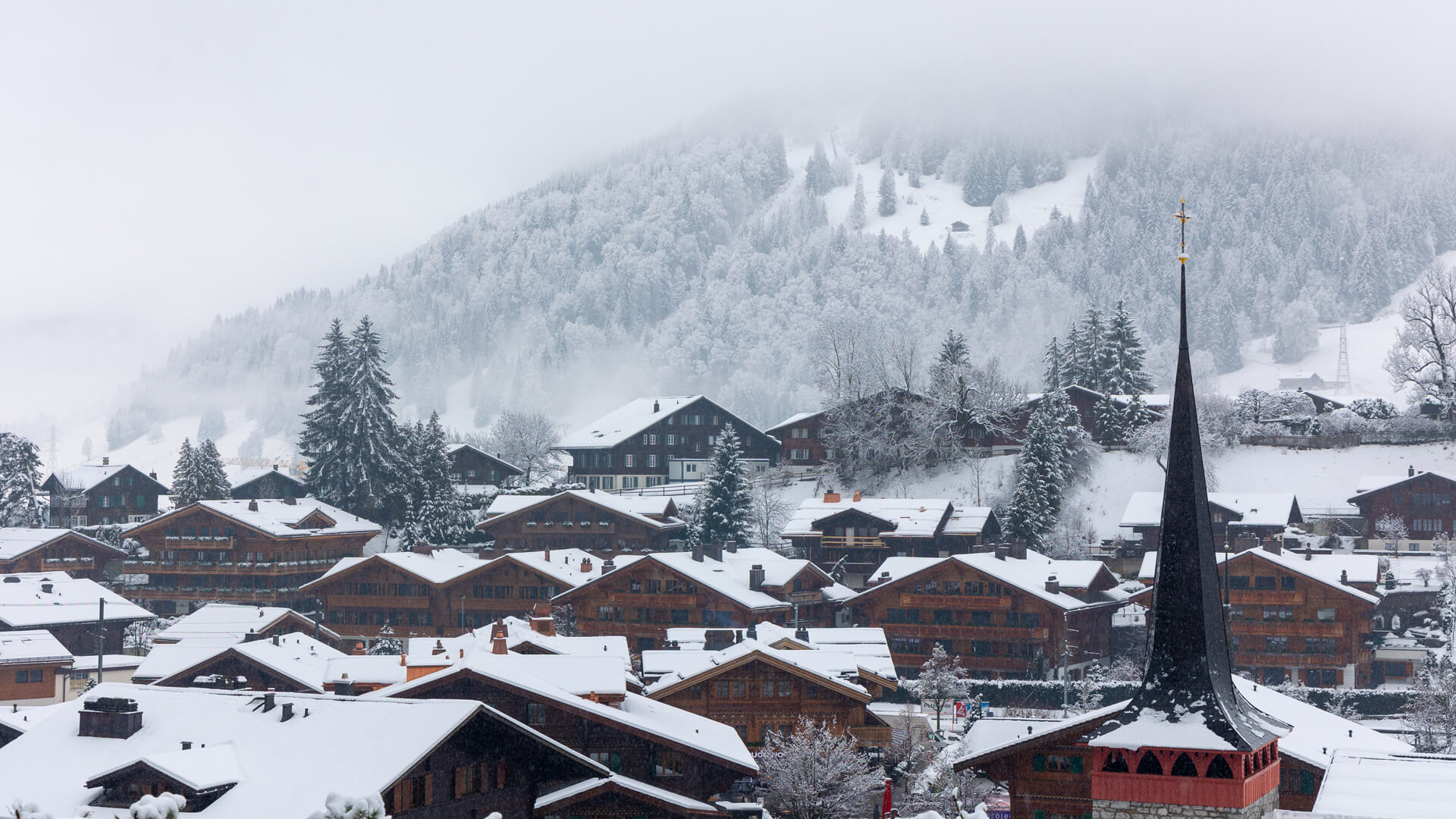
On view in Gstaad
‘William Kentridge. Singer Solo’ is now on view through 5 February 2023 at Tarmak22 Gstaad and the Gstaad Palace.
About the Artist

William Kentridge
William Kentridge is internationally acclaimed for his artworks, theater and opera productions. His method combines drawing and erasing, tearing, gestural painting, collage, weaving, casting, writing, film, performance, music, theater and collaborative practices to create works of art that are grounded in politics, science, literature and history, yet maintain a space...
Inquire about available works by William Kentridge
William KentridgeSinger Solo
–
On view now through 5 February 2023 at Tarmak22 Gstaad and the Gstaad Palace.
Current Exhibitions
1 / 10
